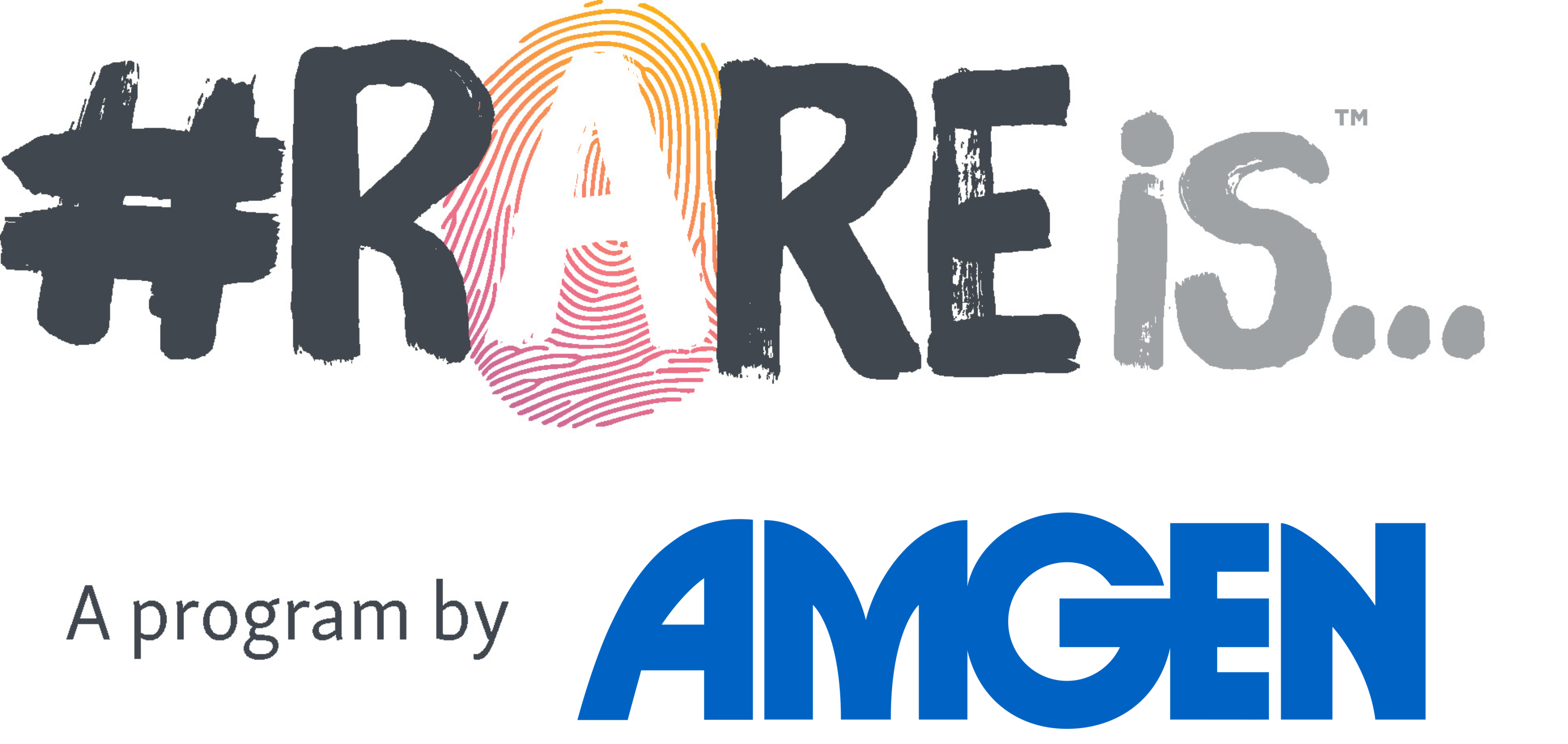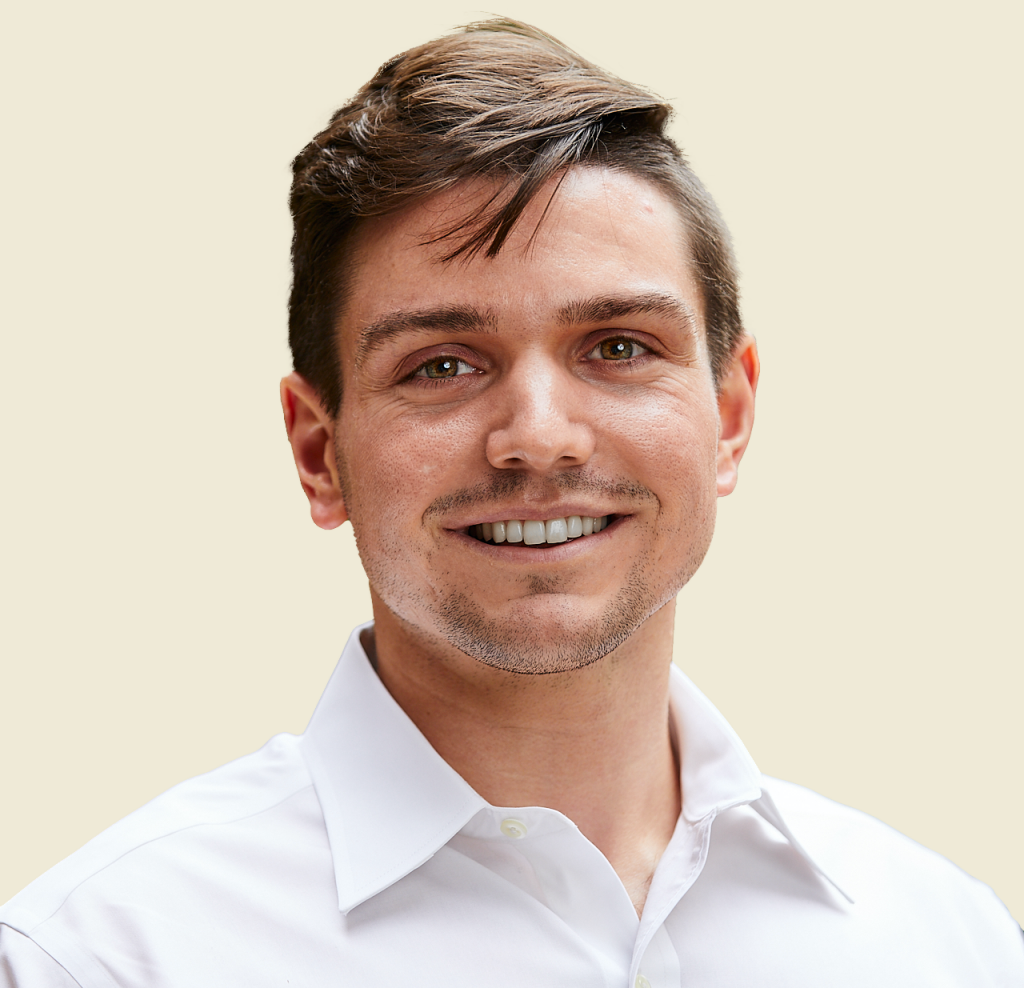Living with ichthyosis
I was born with a rare inherited skin condition called ichthyosis, which comes with many challenges. ASPRV1 related Ichthyosis is caused by pathogenic mutations in the ASPRV1 gene that’s encodes a protease found in the skin. The manifestations of the disease require daily bathing and exfoliating as well as the frequent application of moisturizing creams and lotions to the entirety of the body. My skin still cracks despite consistently using creams and lotions, especially in the cold and dry winter months. This complicates simple activities; for instance, walking becomes painful if the cracks happen to be on my feet. Although I experience cracks frequently, they can be well managed with additional care. As I consider cracks to be the most severe manifestation of my disease, I have always considered myself a lucky rare disease patient because of my ability to manage my symptoms and maintain a relatively high quality of life – an ability I understand is not shared by others with ichthyosis, let alone other, especially progressive, rare diseases.
Searching for Answers
My ability to manage my condition allowed me to study biochemistry at the University of Maryland, College Park. Studying biochemistry inspired the questioning of my own as I asked myself, “What causes my ichthyosis?” This question would not only define the trajectory of my career, but it would also resolve my family’s five-decade-long genetic mystery.
In late 2015 during my freshman year at the University of Maryland, I discovered a study sponsored by the Yale School of Medicine through the Foundation of Ichthyosis and Related Skin Types (FIRST). The study, led by Dr. Keith Choate, aimed to comprehensively understand the genetics of ichthyosis and the biological implications of mutations in associated genes.
In February of 2016, I contacted Dr. Choate and his team at Yale University. After an initial phone call with Ted Zaki, a medical student in the group, I agreed to participate in the study Once I received a saliva kit in the mail, I reviewed and signed the consent agreement, and sent back my sample for whole exome genetic sequencing, an expensive experiment kindly provided at no cost to participants by Dr. Choate and his lab.
I received a phone call from Ted six months later in December of 2016. He informed me that the group had an exciting discovery and wanted my mother, brother, an unaffected sibling of my mother, and maternal grandparents to provide their saliva samples as well (both my mother and brother also have the condition). They agreed to participate without hesitation and sent back their saliva samples for genetic sequencing in the early months of 2017.
Learning our genetics
In June of 2018, FIRST held a national conference in Nashville, Tennessee with patients from throughout the country in attendance. At the conference, my mother, brother, and I met with Dr. Choate and Ted among many other world-renowned physicians in the ichthyosis community. During the conference, my family learned that our genetics were shared by only three other families out of the over 1,000 in Dr. Choate’s registry and that he was in the process of writing a manuscript detailing their findings.
I returned from Nashville full of excitement and anticipation as I was only one publication away from learning about my disease and the newfound hope that a diagnosis can bring: support… better care… a cure. After the Nashville experience, I came to the realization that studying biochemistry at the University of Maryland was more than a major; it was the inspiration behind the learning of my own rare disease and the foundation of career dedicated to its cure.
That day finally came. On June 10th, 2020 I received an email describing a publication in the American Journal of Human Genetics titled “Mutations in ASPRV1 Cause Dominantly Inherited Ichthyosis.” It was then that the story of our diagnostic odyssey had come to its resolution.
About Stefanos Koutsoukos
Stefanos Koutsoukos has dedicated his career to the advancement of translational research for rare diseases, including his own. He has a rare congenital skin condition called ichthyosis, which is caused by mutations in ASPRV1. His living with this disease, in addition to his great interest in the life sciences, has inspired his pursuit of translational research for his own and other rare diseases. Stefanos plans to pursue graduate education in biomedical science after the completion of his fellowship at the National Human Genome Research Institute.

